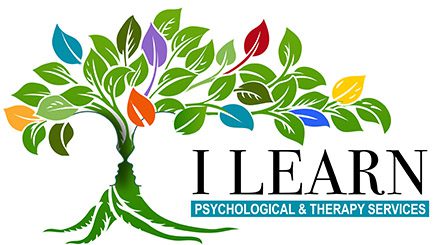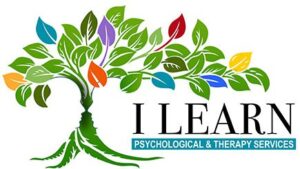Multi-Sensory Learning
Human beings learn through different modalities and learning styles. Each person uses multiple “learning channels,” and each person has strengths in terms of which learning style works best. It is essential that the individual primarily uses his or her learning style strengths and talents to improve acquisition of information. Moreover, it is important for each student to use as many channels as possible to best learn, understand, and retain new information.
Multisensory techniques can be categorized in many ways. First, some people reflect on the necessity of using both the “left brain” (e.g., verbal, auditory, sequential, logical) and “right brain” (e.g., creative, artistic, visual, spatial, and emotional). If a student adds the creative process to learning new information, the process helps in better understanding and retention. Second, others indicate the importance of using all of the senses including visual (sight), auditory (hearing), kinesthetidtactile (touch and balance), gustatory (taste), and olfactory (smell) as much as possible to enhance learning and retention. For example, in learning history one could add to learning facts (auditory/linguistic) visualizing what the event would have looked or been like (visual and kinesthetic).
Third, some professionals also stress the importance of using all of the eight intelligences (linguistic, logical/mathematical, musical, visual-spatial, interpersonal, intrapersonal, bodily-kinesthetic, environmental) as channels of information, with the more modes being used to learn new information the more effectively and completely the material is acquired.
The philosophy at I LEARN is to utilize multisensory learning to better utilize an individual’s strengths as well as to provide multiple channels of learning to improve depth of understanding and information recall.

